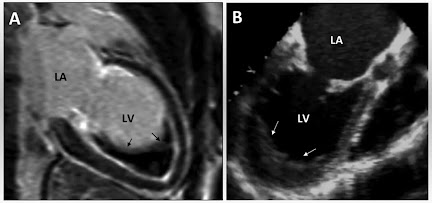Name :- Endoplasmic Reticulum (ER)
Properties :
- ER is a network of tubular and microsomal vesicular structures which is present inside the cell.
- The tubules and vesicles are interconnected.
- ER covered by a limiting membrane which is formed by proteins and bilayered lipids.
- The lumen (diameter - 400 to 700 angstrom) of ER contains a fluid medium called endoplasmic matrix.
- Total surface area of ER (in some cells like liver cells) can be as much as 30-40 times the cell membrane area.
- ER forms the link between nucleus and cell membrane by connecting them.
Types of ER ....
- Rough Endoplasmic Reticulum (RER) / Granular Endoplasmic Reticulum (GER)
- Smooth Endoplasmic Reticulum (SER) / Agranular Endoplasmic Reticulum (AER) / Tubular Endoplasmic Reticulum (TER)
1. RER : Rough appearance of ER is due the attachment of ribosomes (granules) to it's outer surface. Hence, it is also celled GER.
Functions :
- Synthesis of proteins (specially those proteins which are secreted from the cells like insulin from β - cells, and formation of glycosylated proteins or glycoproteins by adition of carbohydrate with proteins).
- Degradation of worn-out organelles like mitochondria by autophagosome.
2. SER : ER with smooth appearance. It is formed by many interconnected tubules.
Functions :
- Synthesis of non-protein substances like cholesterol, steroid hormones, lipids, phospholipids, lipoprotein and sebum etc.
- Role in cellular metabolism by it's enzymes which are present outer surface of the ER.
- Storage and metabolism of calcium.
- Catabolism and detoxification of toxic substances some drugs and carcinogens (cancer producing substances) in liver.
Similar Posts ....







No comments:
Post a Comment
Please do not enter any spam link in the comment box